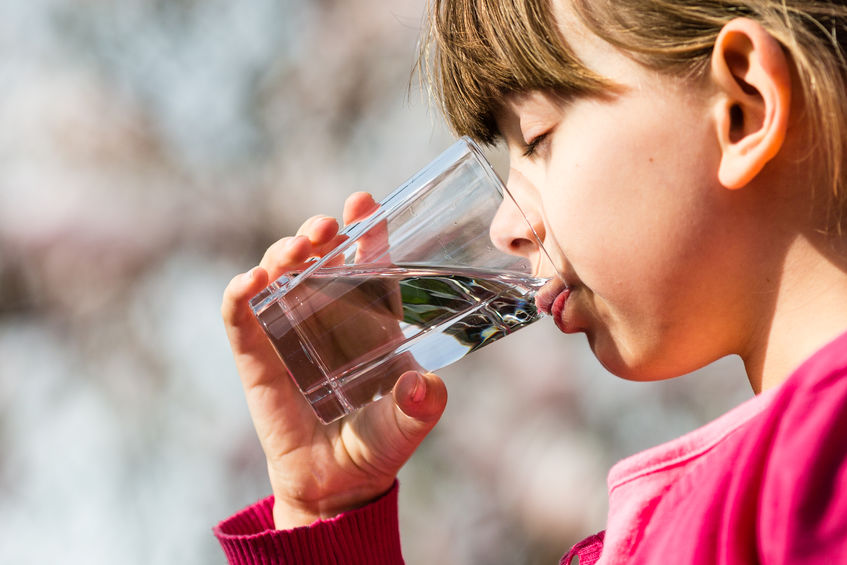Water is life. Every living being needs it.
It is consumed without paying much attention to the fact that what if water is finished?
Or What if water is not suitable for drinking anymore. Fortunately, it is possible to make it drinkable if it’s contaminated to some extent.
Since the evolution of mankind, there are several efforts to purify water. There are different methods of water purification. Each has its own advantages and disadvantages. In the following paragraphs, different methods of water purification will be discussed.

Sedimentation
This is a natural method of purification. Standing water is often clear compared to flowing water because suspended particles get settled down over time. However, it is time-consuming so not used nowadays.
Centrifugation
This is another method in which centrifugal force is used to force suspended particles, However, this method is reserved when other methods are not accessible or possible. It needs machinery to perform this unit operation.
Filtration
This method depends on the size of the impurity. If the Particle size is bigger than the filter media, they will be retained on it. Filtration is one of the effective ways of purifying water and when using the right multimedia filters it’s effective in ridding water of the compounds. This method uses chemical and physical processes to purify water and make it safe for human consumption. Filtration eliminates both large compounds and small, dangerous contaminants that cause diseases with a simple and quick filtration process. Since filtration does not deplete all the mineral salts, water that has been filtered is considered healthier compared to water purified using other methods. It’s one of the effective water purification methods that utilize a chemical absorption process that effectively removes unwanted compounds from water.